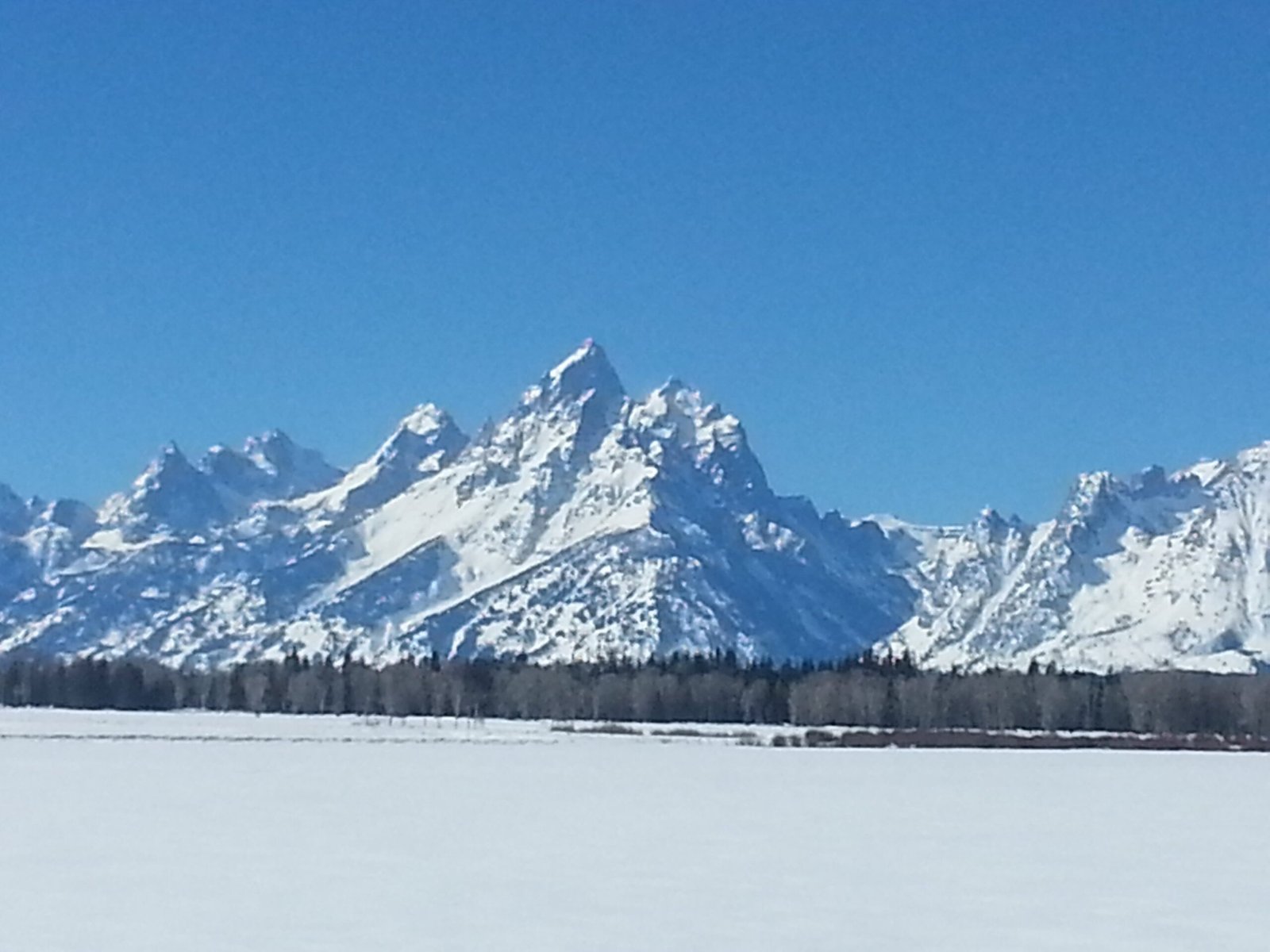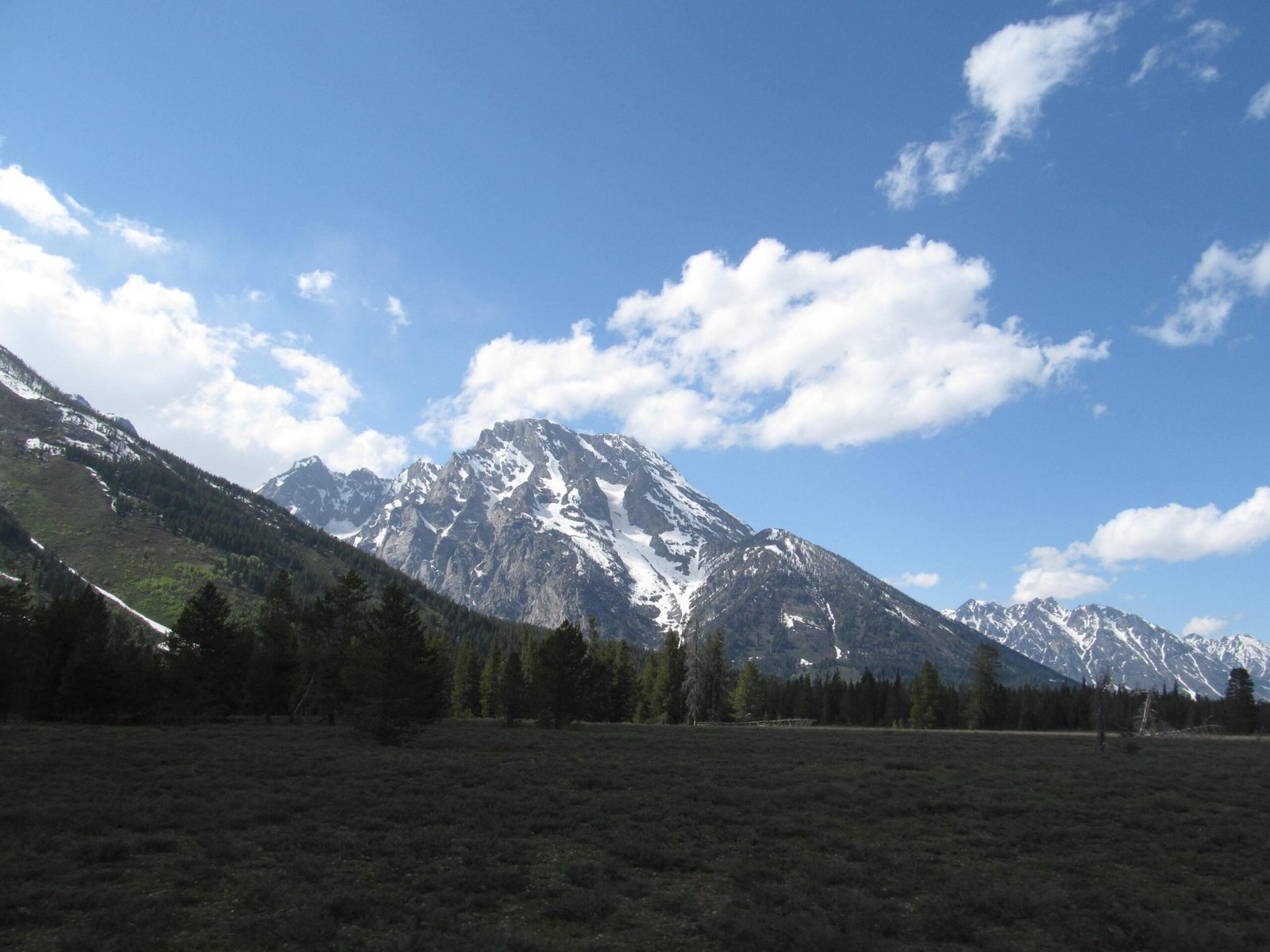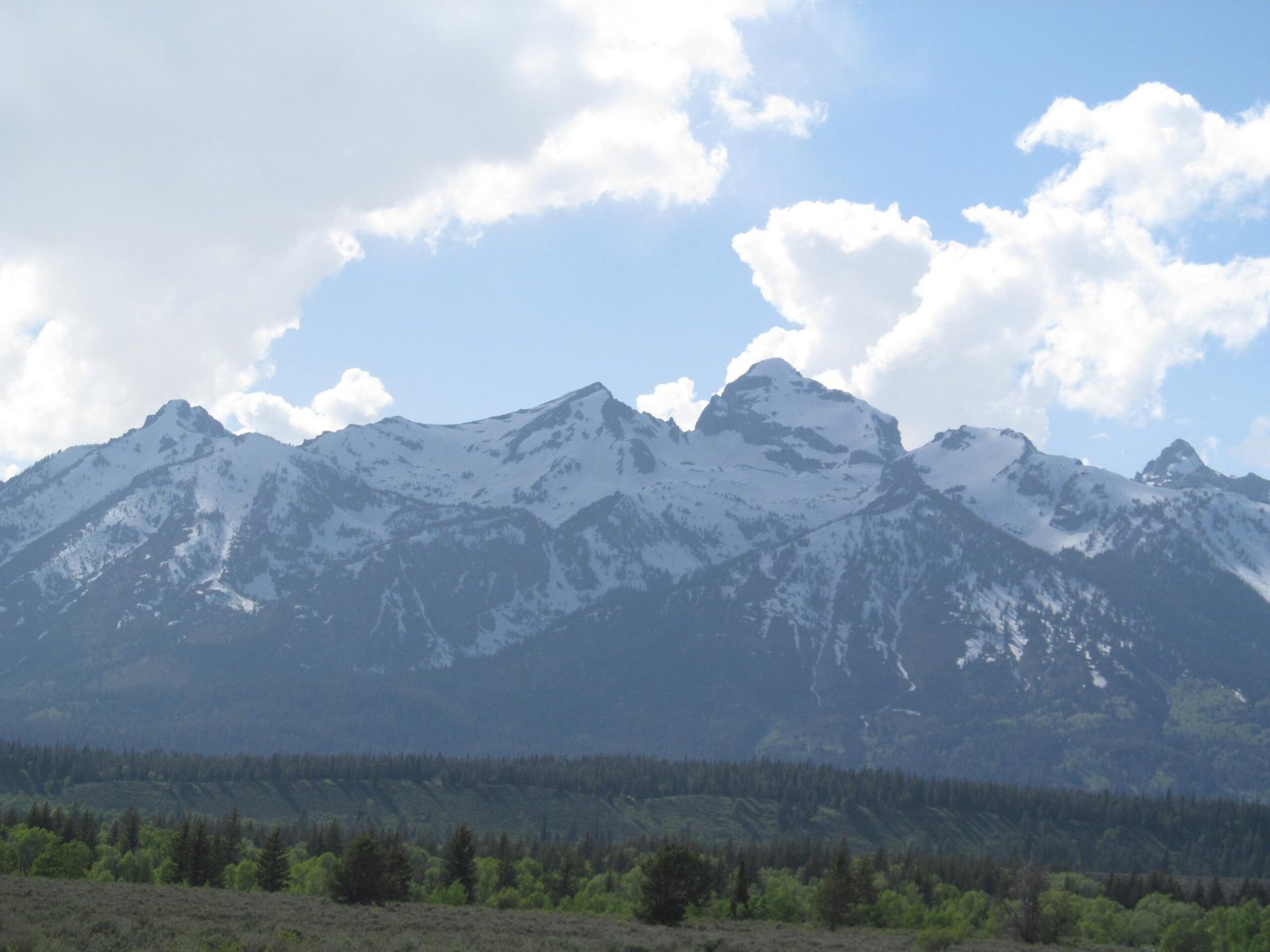Grand Teton National Park transforms into a vibrant wildflower paradise each summer, where thousands of colorful blossoms carpet meadows, forest floors, and alpine zones. From delicate alpine forget-me-nots to sweeping fields of golden balsamroot, this extraordinary landscape offers botanical enthusiasts an unparalleled visual feast of natural beauty, showcasing over 300 unique wildflower species across diverse ecological zones.
What Makes Grand Teton a Wildflower Wonderland?

Where Do Wildflowers Thrive in Grand Teton?
Grand Teton National Park hosts multiple ecological zones perfect for wildflower growth:
| Ecosystem | Characteristic Wildflowers | Bloom Period |
|---|---|---|
| Sagebrush Flats | Balsamroot, Lupine | Late June-July |
| Forest Floor | Columbine, Fireweed | June-August |
| Alpine Zones | Moss Campion, Sky Pilot | July-August |
Valley and Meadow Wildflowers
Wildflowers in valley regions create stunning visual landscapes:
- Sticky Geranium: Blooms June-August in open meadows
- One-flowered Sunflowers: Summer months in sagebrush areas
- Lupine: Colorful clumps from late spring to early summer
How Can Visitors Maximize Wildflower Viewing?
Best Hiking Trails for Wildflower Exploration:
- Coal Creek Trail: Diverse wildflower display
- Fred’s Mountain: Panoramic floral views
- Laurence S. Rockefeller Preserve: Moisture-rich environment
- Death Canyon Trail: Multiple ecological zones
What Photography Techniques Work Best?
Optimal Photography Strategies:
- Shoot during early morning or late afternoon
- Use macro lens for detailed captures
- Bring tripod for stability
- Utilize polarizing filters
- Focus on natural lighting conditions
When Is the Peak Wildflower Season?
The peak bloom season occurs from late May through mid-July, with July offering the most comprehensive wildflower experience across all park elevations.
What Unique Wildflowers Should Visitors Watch For?
Rare and Spectacular Species:
- Columbian Monkshood: Rare blue-purple flowers in shaded areas
- Rocky Mountain Columbine: White and lavender blooms
- Alpine Forget-me-not: Delicate blue flowers in high-altitude regions
- Sky Pilot: Unique high-elevation flower
How to Respect the Ecosystem?
Visitor Guidelines:
- Stay on designated trails
- Photograph without picking flowers
- Carry out all trash
- Maintain safe distance from wildlife
- Follow Leave No Trace principles
What Practical Information Helps Visitors?
Park Amenities:
– Craig Thomas Discovery and Visitor Center
– Multiple trailhead parking areas
– Accessible trails for various mobility levels
– Informational resources about local flora
Final Wildflower Viewing Tips

- Check current park conditions before visiting
- Bring water and sun protection
- Carry field guide for identification
- Consider guided ranger programs
Pro Tip: Download park mobile app for real-time wildflower bloom updates and trail conditions.

